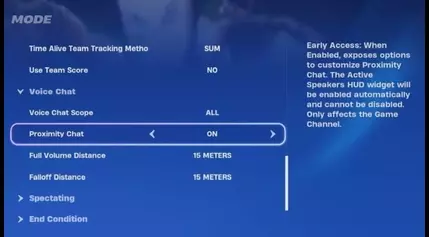Navigating the Evolving Landscape of Online Grocery Ordering for SNAP Recipients
As the COVID-19 pandemic continues to reshape consumer behavior, a growing number of food assistance recipients are turning to online grocery ordering, seeking convenience and accessibility. However, this shift has also introduced new challenges, as the associated fees and costs can strain the already tight budgets of low-income families. This article delves into the nuances of this emerging trend, exploring the benefits, drawbacks, and the broader implications for food security in Massachusetts.Unlocking Convenience, but at What Cost?
The Rise of Online Grocery Ordering for SNAP Recipients
The adoption of online grocery ordering among SNAP (Supplemental Nutrition Assistance Program) recipients in Massachusetts has seen a remarkable surge, with a staggering 820% increase in usage from 2020 to 2023. This rapid growth reflects the growing demand for convenient and accessible food shopping options, particularly among busy families juggling multiple responsibilities.The convenience of grocery delivery has become a crucial lifeline for many SNAP participants, especially those facing transportation challenges or physical limitations. Kelly R., a 44-year-old mother of two and full-time student in Boston, relies on online ordering due to a lack of affordable grocery stores in her neighborhood and her own chronic health condition, fibromyalgia, which can make in-person shopping arduous.
However, the fees associated with online grocery delivery services can quickly add up, often costing SNAP recipients an additional to or more per order. These charges, combined with potentially higher prices on some food items, can place a significant burden on families already struggling to make ends meet. As Kelly R. aptly notes, "There are ways that they really try to add in costs, and that can be really discouraging, because sometimes you don't always have 15 or 20 extra dollars for the fees."
Balancing Convenience and Affordability
The trade-off between convenience and affordability is a delicate one for SNAP recipients navigating the online grocery landscape. While the ability to order groceries from the comfort of their homes can be a game-changer for families facing transportation or mobility challenges, the additional costs can quickly erode the benefits.Parke Wilde, a professor at Tufts University who specializes in the economics of federal nutrition assistance programs, highlights the dilemma faced by SNAP participants: "Participants have to pay the fees themselves out of their own cash income, which often is pretty scarce. They can't use their SNAP benefits for those."
This financial burden can be particularly acute for SNAP recipients like Kelly R., who must carefully balance their limited resources to ensure their families have access to nutritious food. The frustration of not receiving the correct items or having limited substitution options can further compound the challenges, making in-person grocery shopping a preferred option for some.
Addressing the Needs of Food-Insecure Populations
The rise of online grocery ordering for SNAP recipients has also sparked discussions about its potential to address food deserts, areas where affordable and fresh food options are scarce. Some platforms, such as DoorDash, have touted their service as a solution, with 17% of their SNAP deliveries in Boston going to neighborhoods identified as food deserts.However, the added costs of delivery fees can still present a significant barrier for low-income families, potentially undermining the intended benefits of increased access. As Catherine Lynn, the vice president of communications at the Greater Boston Food Bank, aptly notes, "There's a major, major problem around food insecurity in our state. This has gone beyond an emergency."
The challenge of balancing convenience, affordability, and accessibility is further compounded by the broader economic landscape. High grocery prices, which have outpaced the increases in SNAP benefits, have placed an even greater strain on the budgets of low-income households. This dynamic has led to a concerning situation, where nearly one-third of adults in Massachusetts are food insecure, and a significant portion of SNAP recipients report that their benefits only cover two weeks or less of their household's food budget.
Navigating the Future of Online Grocery Ordering for SNAP Recipients
As the online grocery ordering landscape continues to evolve, policymakers, service providers, and community organizations must work collaboratively to address the needs of SNAP recipients. Potential solutions may include exploring ways to subsidize or reduce delivery fees, expanding the availability of affordable grocery options in underserved areas, and enhancing the integration of SNAP benefits with online ordering platforms.Additionally, the proposed cuts to SNAP benefits in the upcoming farm bill could have far-reaching consequences, potentially exacerbating the challenges faced by food-insecure families. Advocacy efforts to protect and strengthen this vital program will be crucial in ensuring that low-income individuals and households have access to the resources they need to maintain food security.
The journey towards a more equitable and accessible food system is a complex one, but the experiences of SNAP recipients like Kelly R. and Gabriel R. serve as a powerful reminder of the importance of addressing the diverse needs of food-insecure populations. By prioritizing affordability, convenience, and dignity, policymakers and service providers can work to empower SNAP recipients and foster a more inclusive and resilient food landscape in Massachusetts and beyond.




















